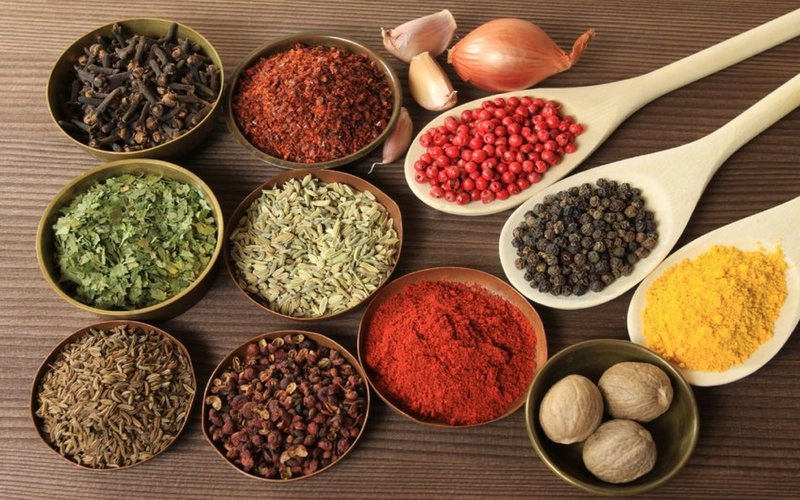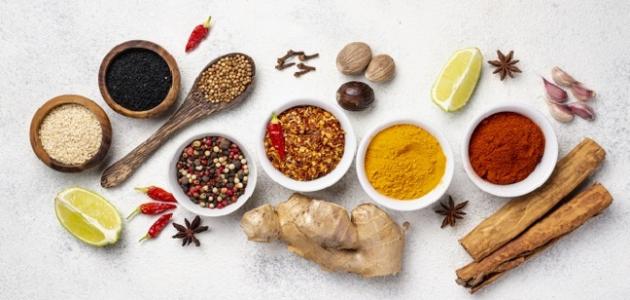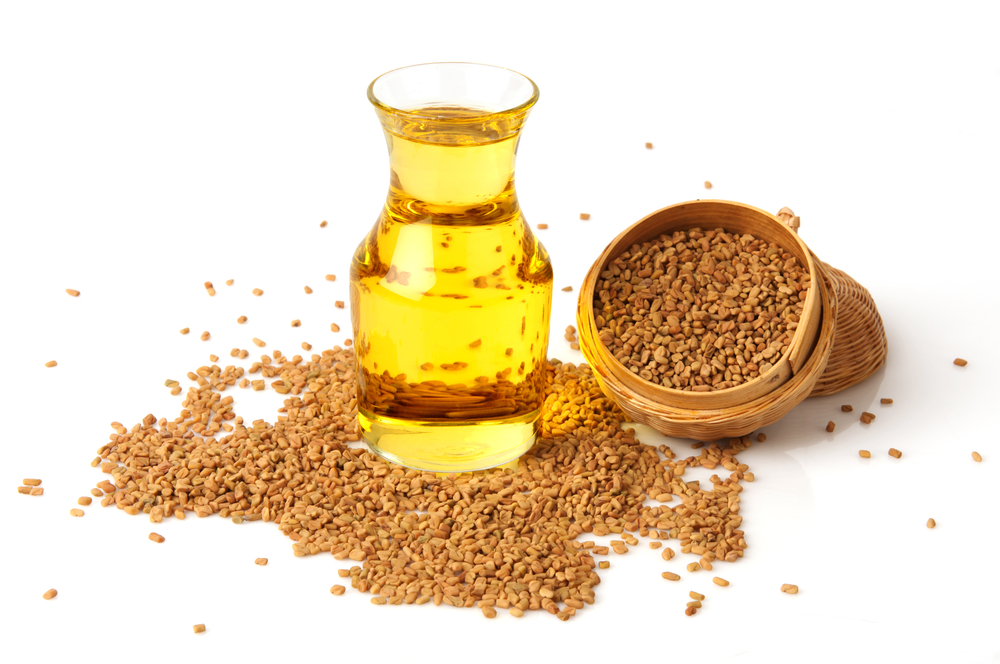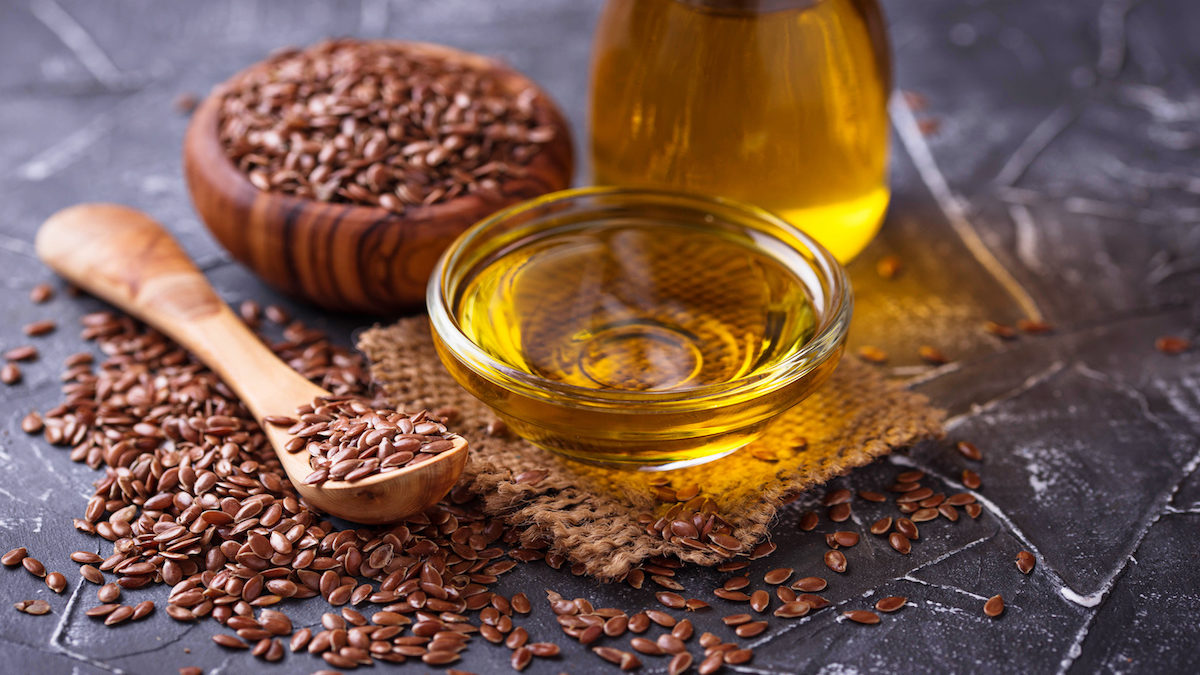How To Guide: The Best Spices for Kabsa and Edamat
Hello there! If you're looking to elevate your kabsa and edamat dishes to the next level and give them an explosion of flavors, then you've come to the right place. Spices play a vital role in these traditional Saudi Arabian dishes, and using the right blend can make all the difference. In this guide, I will share with you the best spices to use for kabsa and edamat, along with some tips and tricks for achieving the perfect balance of flavors. Let's get started!
-
Cardamom: Known as the "Queen of Spices," cardamom is a must-have for both kabsa and edamat. It lends a warm, citrusy flavor and a subtle sweetness to the dishes. Whole cardamom pods are traditionally used in these recipes. Lightly crush the pods before adding them to release their aromatic oils.
-
Cinnamon: This sweet and aromatic spice adds a delightful warmth and richness to kabsa and edamat. It pairs exceptionally well with cardamom and helps in achieving a balanced flavor profile. Opt for whole cinnamon sticks, which can be added whole or crushed, depending on your preference.
-
Black Lime (Loomi): Black lime is a dried lime with a tangy and slightly fermented taste. It contributes a unique flavor to kabsa and edamat. It is usually pierced with a fork and added whole to the dish. When cooked, it imparts a subtle citrusy and smoky note, enhancing the overall taste.
-
Black Pepper: A staple in any spice rack, black pepper brings a bit of heat and a peppery kick to the dish. Freshly ground black pepper is preferred for its robust flavor. Adjust the amount according to your preference for spiciness.
-
Turmeric: This vibrant yellow spice adds color and a distinct earthy flavor to kabsa and edamat. It also offers numerous health benefits. Alongside its culinary uses, turmeric has anti-inflammatory properties. Use it sparingly, as its flavor can be overpowering.
-
Nutmeg: With its warm and slightly sweet taste, nutmeg offers a subtle depth of flavor to kabsa and edamat. Grate a little nutmeg directly into the dish or use pre-ground powder. Be careful not to go overboard, as it can quickly overpower other spices.
-
Cloves: Known for their intense and aromatic flavor, cloves add a touch of richness and warmth to the dishes. Use whole cloves sparingly, as they often have a strong taste. They can be added whole or ground, depending on your preference.
-
Bay Leaves: Bay leaves contribute a mild earthiness and a hint of bitterness to kabsa and edamat. These fragrant leaves are added during the cooking process and then removed before serving. Using fresh bay leaves is ideal, but dried ones work well too.
Remember, achieving the perfect blend of spices is a matter of personal taste. Start with smaller amounts and gradually adjust according to your preferences. It's always better to start with less and add more if needed. Additionally, feel free to experiment and add your own twist to these traditional recipes.
To help you get started, here's a quick reference table of the spices mentioned above:
| Spice | Flavor Profile |
|---|---|
| Cardamom | Warm, citrusy, and slightly sweet |
| Cinnamon | Sweet, aromatic, and rich |
| Black Lime | Tangy, slightly fermented, and citrusy |
| Black Pepper | Peppery, adding a bit of heat |
| Turmeric | Earthy and vibrant yellow |
| Nutmeg | Warm, slightly sweet, and depth of flavor |
| Cloves | Intense, aromatic, adding richness and warmth |
| Bay Leaves | Mild earthiness and slight bitterness |
Now armed with this knowledge, go ahead and explore the world of flavors in your kabsa and edamat. Enjoy the process of creating delicious and aromatic dishes that will surely impress your family and friends. Happy cooking!



 Admin
Admin 






